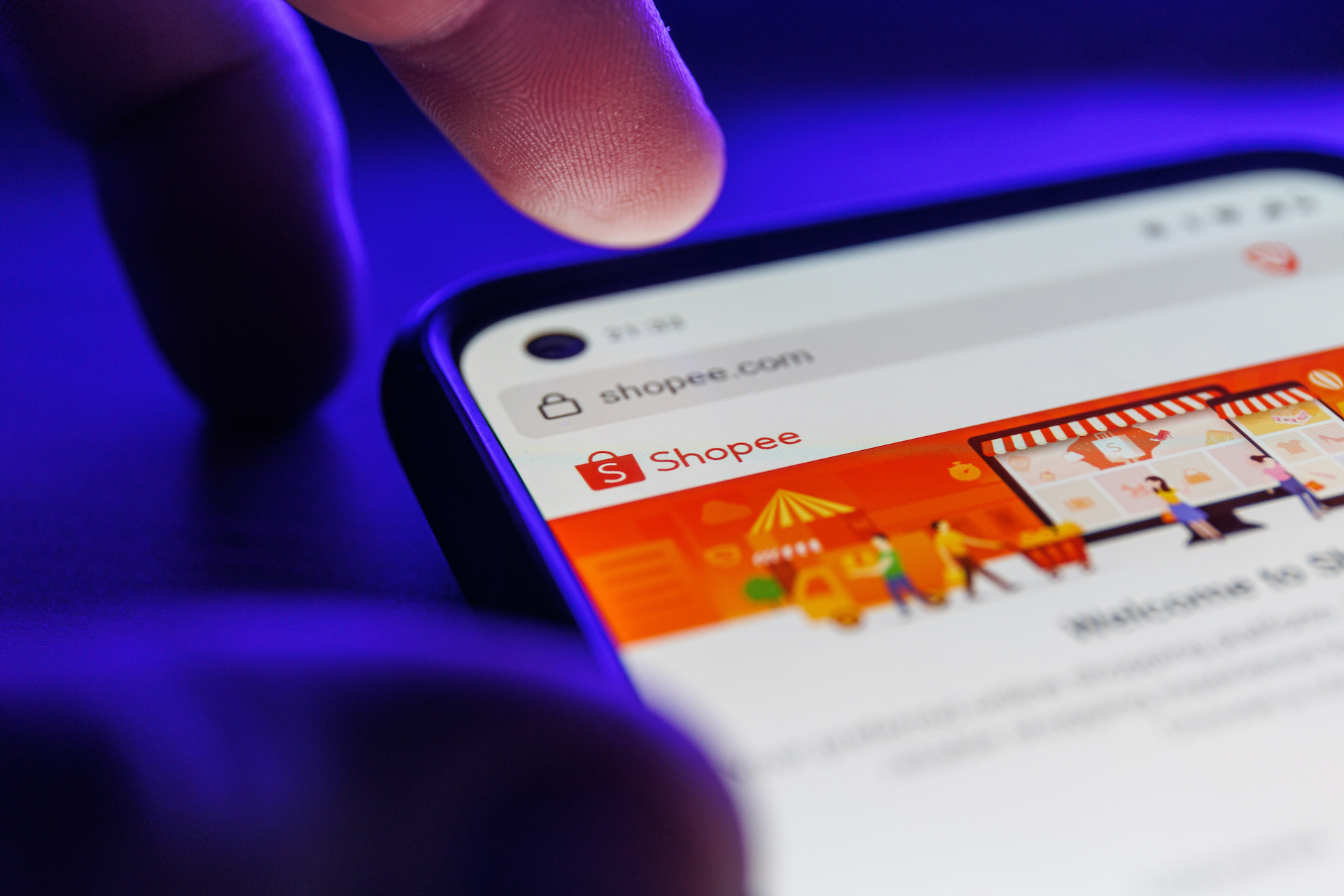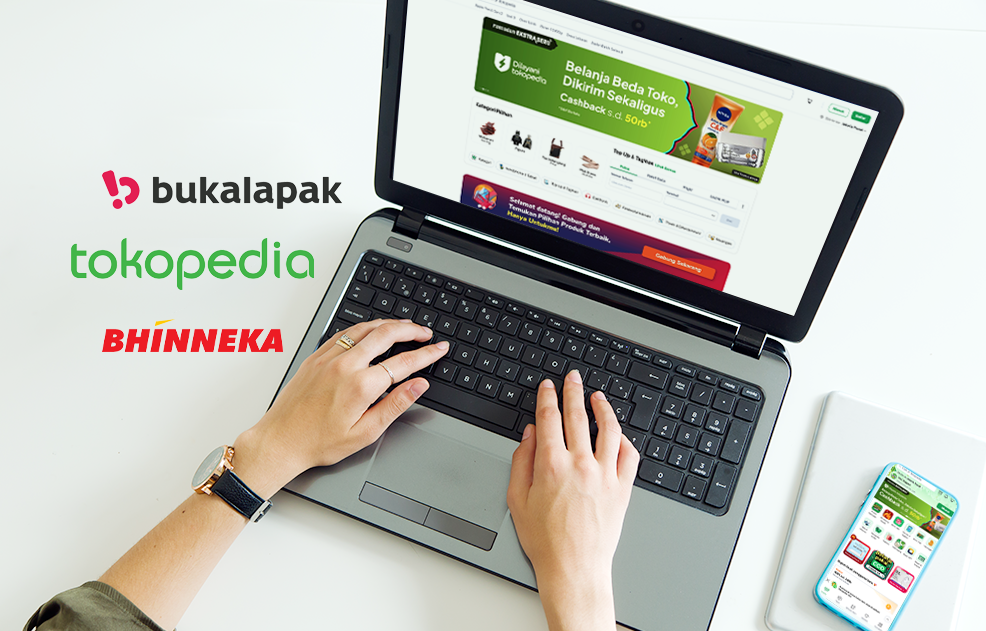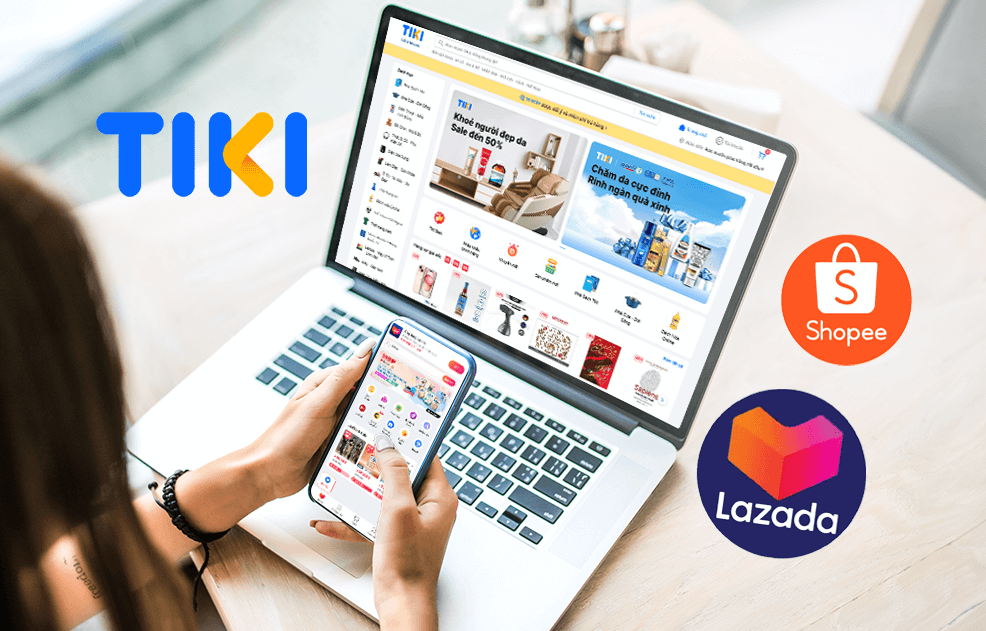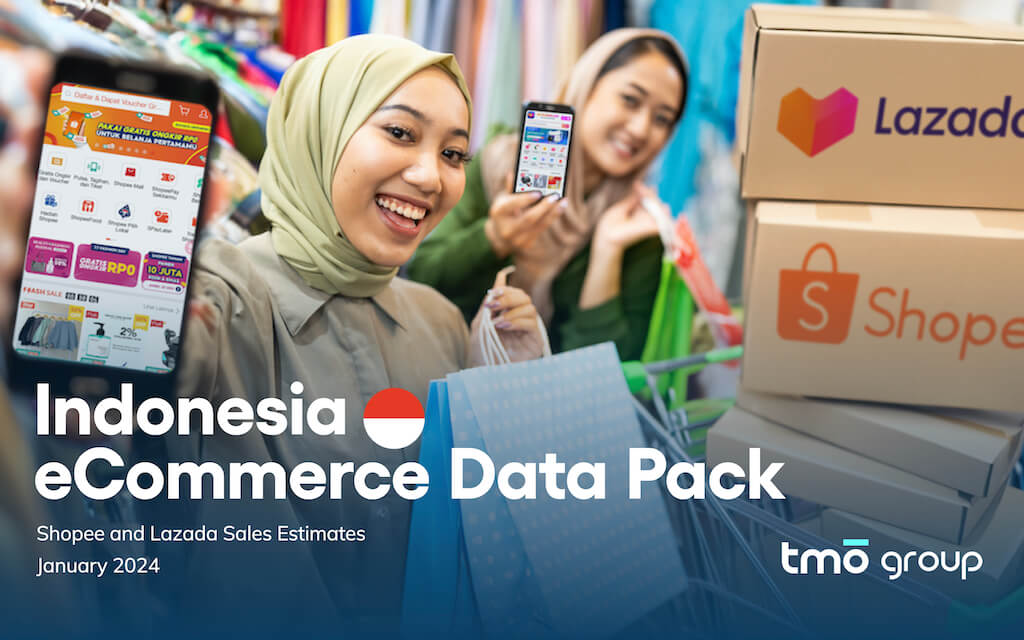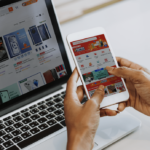When preparing to enter the Southeast Asian market through Cross-border eCommerce, many brands are daunted by the challenges brought by the complex cultural, linguistic, and religious differences among the various markets in the region. These challenges also translate into the localization of UI/UX design.
Just to give one example, text translated from English into Indonesian and Vietnamese can become 2 to 3 times as long, which can quickly make interface design localization especially difficult.
From eCommerce Layout and Product Enrichment to Brand Identity and Localization, our Design Services focus on delivering an optimal experience for your target market.
Accurate UI/UX localization design is no longer the icing on the cake, but the key to the success of a brand entering the Southeast Asian market. By failing to grasp these diverse user needs in the region, you may not be able to successfully adapt to the local environment. This article will explore some critical considerations for UI/UX design localization in Southeast Asia to help your brand maximize the odds of thriving in this emerging markets.
Language Localization: More than just translating
1. Character Length Adaptation
Language might be the primary consideration given the length difference between different written systems when it comes to design localization for Southeast Asia. As previously mentioned, the text length of Indonesian and Vietnamese can be considerably longer than that of other languages, and this length difference will likely affect the layout and visual effects of most of your UI designs.
For example, a page that looks minimalist in Singapore—where English is the de facto main language—may appear crowded in Vietnam due to the longer nature of the text. Therefore, it is necessary to start with the longest possible language when drafting during the design stage to ensure that the final design maintains a good user experience across all target languages.
Look at how Xiaomi uses different layouts for the same product features on its Singapore and Vietnam sites to avoid making the Vietnamese layout appear too crowded:
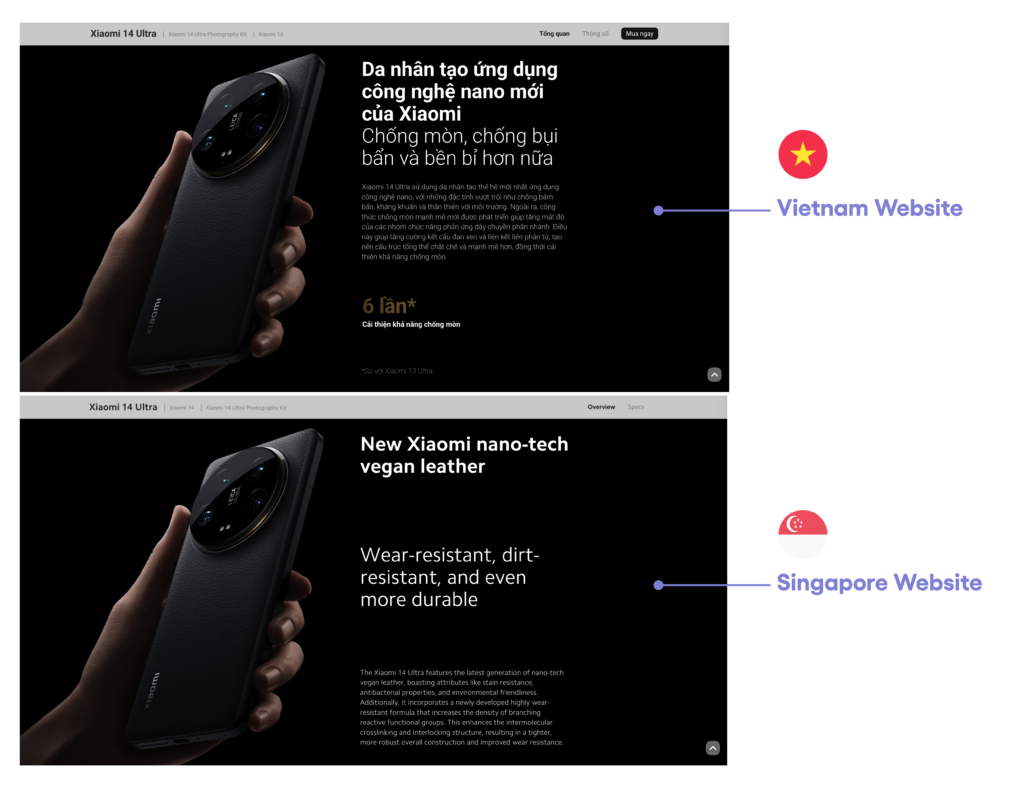
2. Consider Reading Habits
In addition, the reading habits of different languages will also affect the design of the UI. For example, in Thai, there is no space between words, and if texts are placed in a three-column grid, users will find it difficult to read. Therefore, in the Thai market, special attention should be paid to avoiding using complex grid layouts, and instead relying more on images and intuitive icons to guide user operations.
3. Optimize Text Formats
When designing for localization, in addition to language adaptation, you should also consider region-specific settings, such as the format of names, dates, and currencies. In Indonesia, people's names may consist of one word, or a given name plus a patronymic or family name. Therefore, when designing a form, it is better to not distinguish between the first and last name input fields, and provide a unified "full name" input box to accommodate different naming practices and ensure the inclusiveness of the design.
Cultural Factors: Resonating with different audiences
4. Religious influence in the Application of Symbols
One of the manifestations of Southeast Asia's multiculturalism is the differentiated religious culture. For example, Buddhism is dominant in Thailand and Vietnam, while Islam has a large number of followers in Indonesia and Malaysia, so religious teachings and customs play a core role in these societies. As you can expect, these differences are also reflected in the user experience and visual design of eCommerce.
For example, in Indonesia, brands avoid using dog images because some Islamic schools consider dogs to be impure. A typical example is that JD.com’s logo was originally a puppy, but on the Indonesian site, in order to respect local culture, the logo was changed to a pony.

5. Perception and Color Associations
Indonesian marketplaces such as Gojek and Tokopedia prefer to use green as the main color, not only because green represents life and nature in Islam, but also because highly saturated colors can quickly grab users' attention in a highly competitive market.
In other markets, such as Malaysia, if the target audience is mainly Chinese, the use of gold, a color commonly associated with wealth, may be more popular. Therefore, when designing UI/UX, brands should adjust visual elements according to the cultural characteristics of the target market to increase brand affinity.
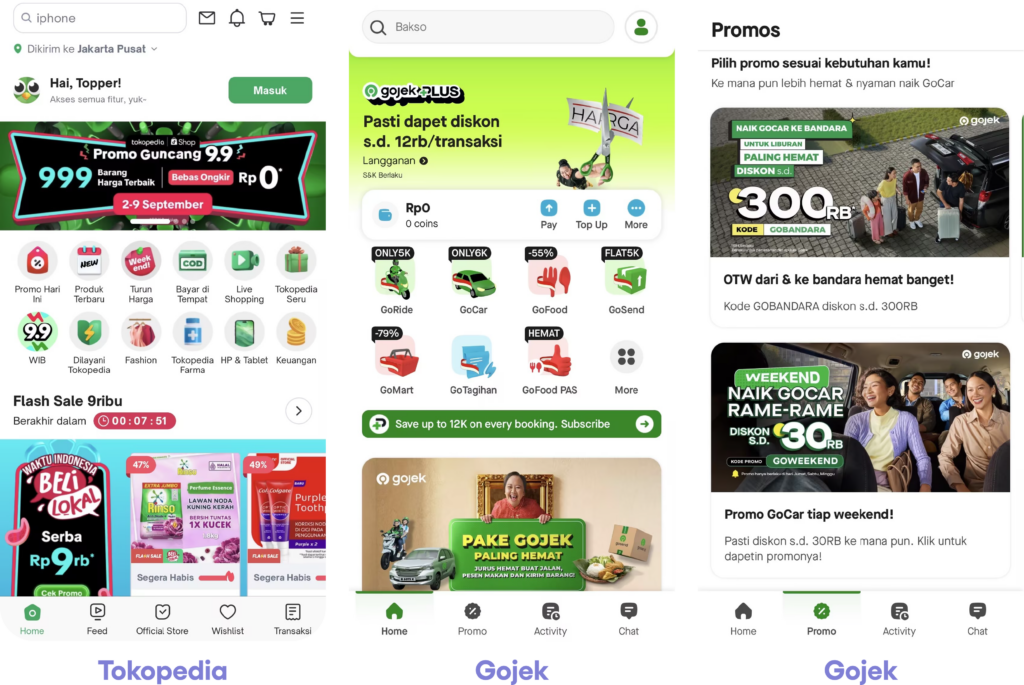
6. Application of Localized Elements
In visual design, brands often draw inspiration from local famous buildings and cultural symbols and incorporate them into interface design. For example, Malaysia, as a multi-ethnic country, can combine its national costumes and traditional patterns for localization in design. Such a elements can not only make users feel the brand's respect for local culture, but also enhance users' intimacy and sense of identity, thus optimizing user experience.
Information Display: Adapt layouts to user behavior
7. Product Information Display
In the Southeast Asian market, how to display product information is also one of the key considerations for user experience, since consumers in different countries focus on different information.
For example, in Indonesia and The Philippines, geographical structure is complex, consisting of thousands of islands, which makes logistics processes more complex. This naturally affects user behavior, making them more concerned about the product's shipping location and how this directly affects delivery time and return process.
Therefore, when designing the interface, brands can consider increasing the transparency of logistics information, such as clearly highlighting the shipment location to enhance user trust. One example is the Shopee Indonesia site, where the shipping location of goods appears in the product card specifying the city where the product is located and sometimes even distinguishing between western and central Jakarta. On the Shopee Singapore site, it only shows whether the product is shipped locally from within the country.
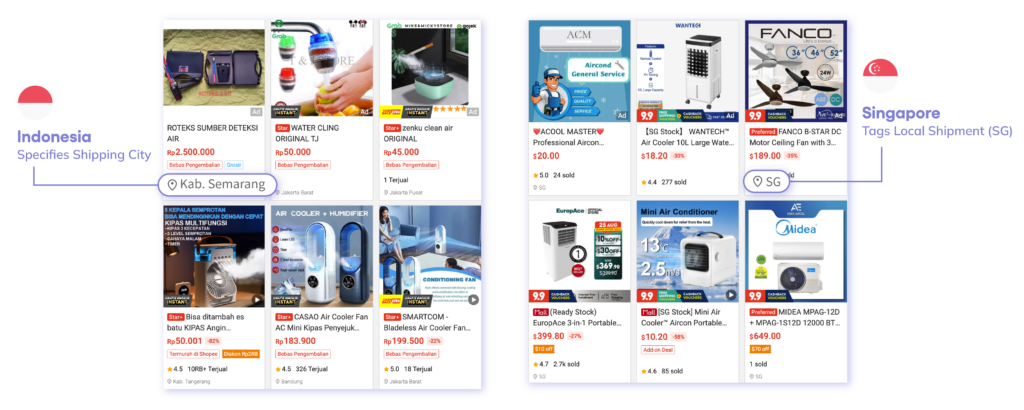
8. Interface & Layout
In addition, to solve for the preferences in different markets when it comes to an eCommerce layout, brands can adopt a modular design approach so that the interface can be flexibly adjusted according to the needs of different countries.
For example, in the Thai market, more emphasis is placed on the visual elements rather than the display of text information, so pictures are often seen as the main figure to attract users attention. In addition, highlighting key operation areas such as purchase buttons and promotional information seems to be a distinct practice for localized design.
Take a look at how Chinese brand Realme uses different product display modules and layouts for its Thailand and The Philippines site. For Thailand, the website displays more product pictures, has a higher information density, and uses red to highlight prices. The design for the Philippine site, on the other hand, is relatively simple.
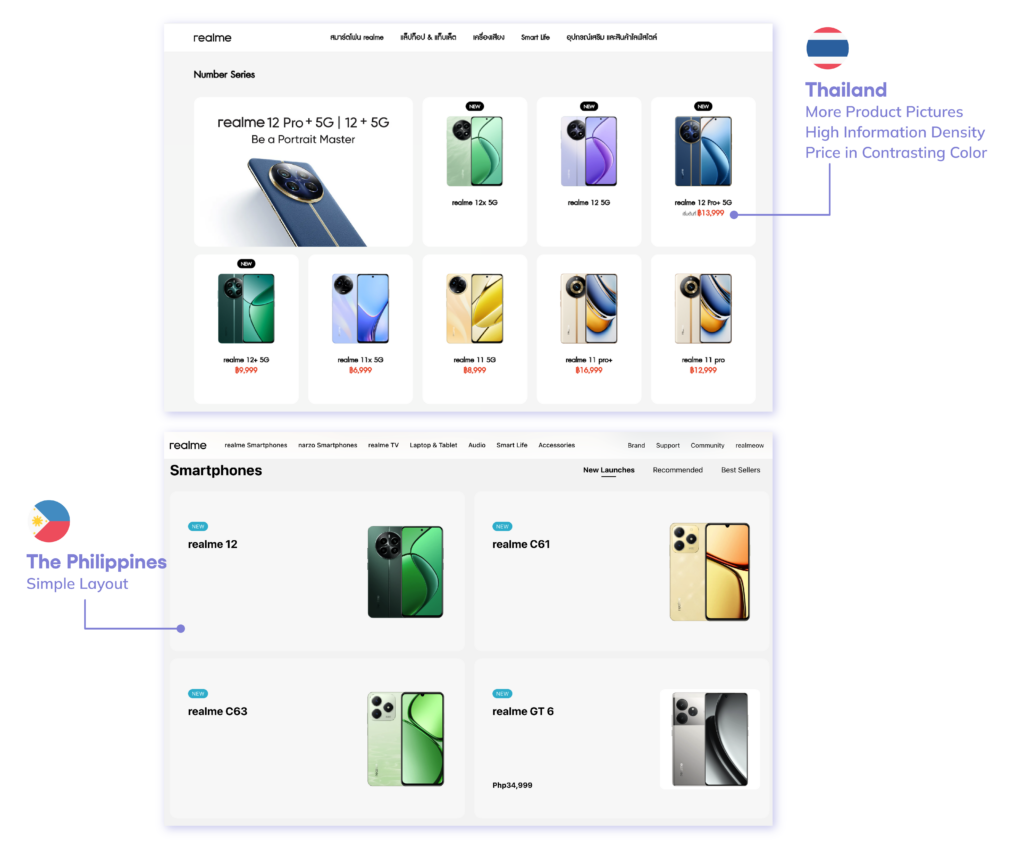
Responsive Design: Think mobile-first
Southeast Asia is one of the regions with the highest mobile device usage in the world, and smartphones have become the main Internet access device. A study by We Are Social and Hootsuite shows that there are about 887 million mobile connections in the region, accounting for 132% of the total population, which means that many people own more than one mobile device. This also means that brands must put the mobile experience first when designing UI/UX.
Having vast experience in Asian markets with high smartphone penetration rates, at TMO we prioritize Mobile-centric UX Design that makes your online store optimized for every device.
9. Loading Speeds and Adaptive Layouts
The network environment in some locations within Southeast Asian markets can be unstable or relatively poor. To ensure a smooth user experience on mobile devices, brands should pay particular attention to minimizing large-size images and videos as well as other excessive visual elements that affect page loading speed. Additionally, all content should be presented in segments, with each paragraph kept within three to four sentences to adapt to the small screen browsing needs of mobile devices.
Responsive design is also essential, and it is worth noting that the mainstream mobile phone system in Southeast Asia is Android. For example, in Indonesia, most mobile phone resolutions are 720*1280. Through adaptive layout, the interface can maintain a good user experience on devices and screen sizes commonly used by the target market audience.
10. Interaction and Social Sharing
In addition to simplifying and optimizing the content of the page, brands also need to pay attention to the interactive design of mobile terminals. The penetration rate of social media users in Southeast Asia is very high. For example, in Malaysia, the number of social media users is equivalent to 91.7% of the total population.
Users in this region are accustomed to using social media to share and communicate, so in the interface design, quick sharing buttons can be added to encourage users to recommend their shopping experience or products to friends. This not only increases user participation, but also further expands the brand's influence through word-of-mouth effect.
See below how Indonesian eCommerce platform Tokopedia has integrated a social sharing function into its mobile app, allowing users to share their favorite products on social media platforms such as Facebook and Instagram with just one click, thereby facilitating discussion and responding to purchasing behavior.
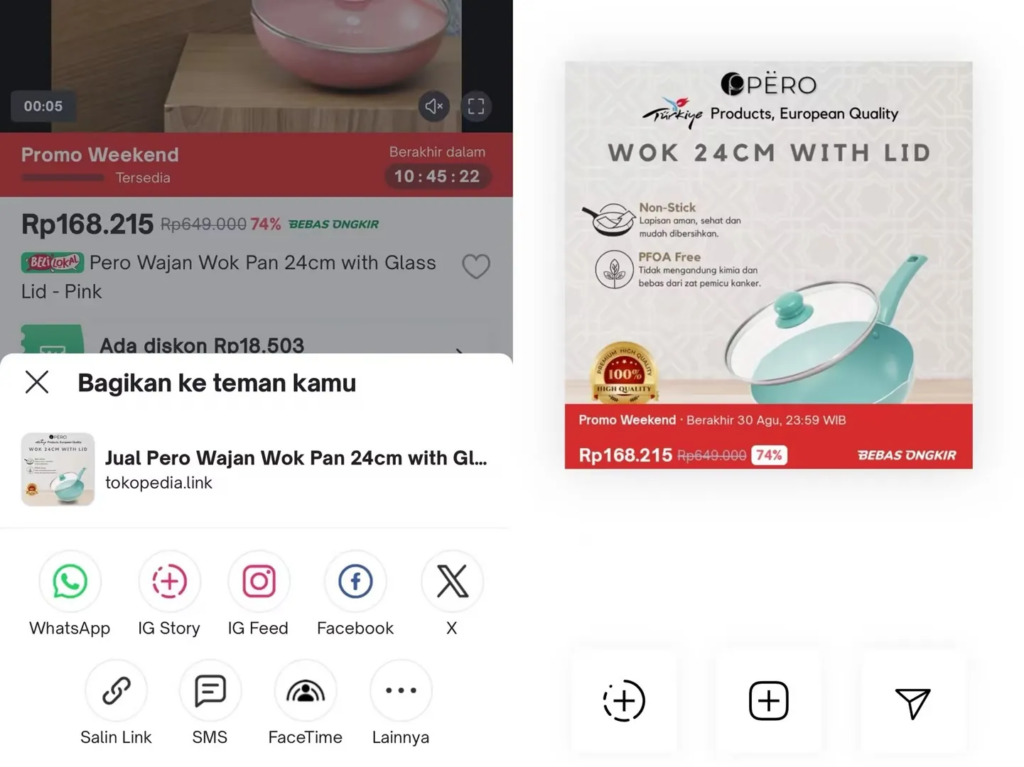
Payment Methods: Critical for good conversion rates
11. Diverse Payment Options
The localization of payment methods is a crucial part of the design of Southeast Asian eCommerce interfaces. Payment habits vary greatly among Southeast Asian countries. For example, Indonesian consumers rely much more on COD (cash on delivery) than other payment methods. This is because only 36% of the population in Indonesia has a bank account, and the use of credit cards is extremely low.
When designing the payment process, brands should offer a variety of payment options, highlighting the most commonly used payment methods in the local area:
- Indonesia : In addition to COD, other popular payment methods should be considered to accommodate the low bank account penetration rate.
- Malaysia : Promote the use of local payment applications such as Boost, GrabPay, Touch n Go, and support FPX online bank transfers.
- Philippines : GCash and PayMaya e-wallets are popular choices for consumers.
- Thailand : TrueMoney and LinePay e-wallets are popular, and PromptPay, as a government-supported transfer method, should also be included in the payment options.
- Vietnam : MoMo, ZaloPay and ViettelPay are the main payment methods, among which MoMo has a market share of over 70%.
- Singapore : PayNow is the government-led payment method, while e-wallets such as Paylah! and GrabPay are also popular
For users who are used to paying in cash, products and services that support COD (cash on delivery) can be specially marked upfront, so that users can quickly identify and choose the payment method they are familiar with. This targeted design can not only increase the user's payment success rate, but also effectively reduce the order abandonment rate caused by poor payment process.
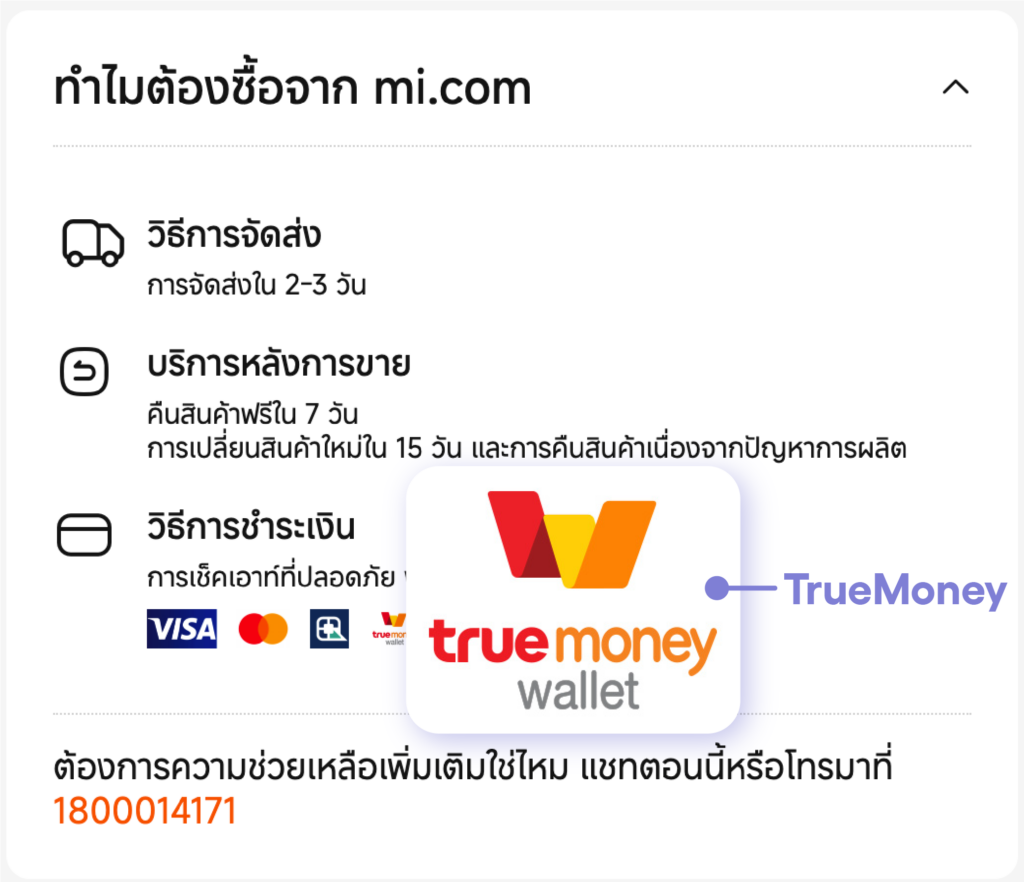
Interface Interaction: Enhance brand appeal
12. Local Festival Culture
Southeast Asian countries have a rich festival culture, which provides a lot of marketing opportunities for brands. For example, Ramadan in Indonesia is one of the most important festivals in the country, and brands incorporate Islamic elements such as fasting lamps, moons and mosques into interface design to carry out festival-themed decoration design. These elements can not only enhance the brand's festive atmosphere, but also narrow the emotional distance between the brand and consumers.
During the marketing activities, brands can also increase user participation by launching highly interactive interface designs, such as themed mini-games, lucky draws, etc. These interactive designs both increase the time users stay on the platform and also expand the brand's influence in the Southeast Asian market through the spread of social media.
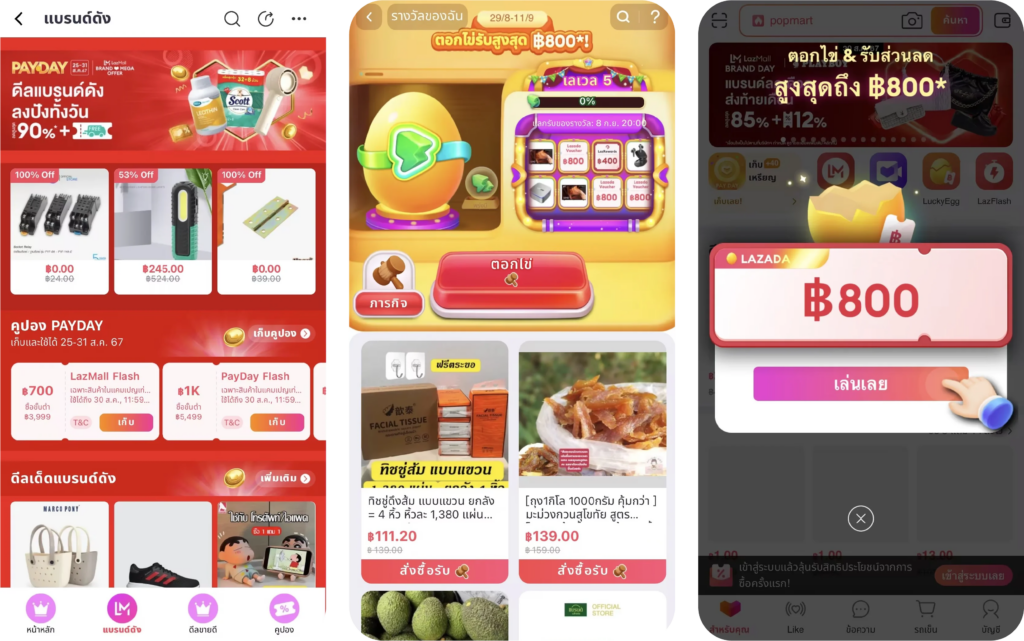
13. Flash Sales & Limited-time Offers
Similar to the Chinese market, flash sales and limited-time offers are prevalent in Southeast Asian eCommerce. They create a sense of urgency and drive user engagement, following UI/UX principles that focus on enabling users to access and take action quickly and easily.
For example, Lazada regularly hosts flash sales, offering products at heavily discounted prices for a limited time. The UI design for flash sales creates a sense of urgency through countdowns, limited stock indicators, and heavy presence on the homepage.
Crafting a Localized UI/UX that suits your Business Model
The diversity and complexity of the Southeast Asian market place extremely high demands on the brand's UI/UX design. Localized design is not only about language conversion, but also about a deep understanding of culture and user behavior. Interface layout, visual elements, payment options and festival interactions can all determine the success or failure of your brand in each of these emerging markets.
14. Localizing B2B eCommerce UI/UX
One remarkable example of good UI/UX localization comes from TMO's own project experience, where we helped the world's largest distributor of dental equipment and supplies build B2B eCommerce platforms in Thailand, Singapore, and Malaysia. According to the needs of the local operation teams, TMO adjusted the front-end design of the corresponding country sites, such as more optimized web page colors, marketing banner use, convenient menu navigation, product module view, CTA (call to action) buttons, and more, making the user experience of local B2B customers smoother and improving repurchase rate. You can Henry Schein (Singapore/Malaysia)Henry Schein's globally-unified back end, advanced B2B procurement and fully-localized UX/UI for Singapore & Malaysia help easily expand operation within SEA.read the detailed case study here.
At TMO, we focus on various cultural backgrounds and are dedicated to creating UI/UX designs for overseas brands that are in line with the aesthetics and usage habits of local users. Through years of practice, we have learned that consumers prefer "happy paths"—rich interactions that create a wonderful experience for you, your products and customers, driving engagement and increasing conversion rates. If you want to learn more about our comprehensive Southeast Asia eCommerce Solutions, contact us to discuss your project and get a proposal that's tailored to your business goals!


